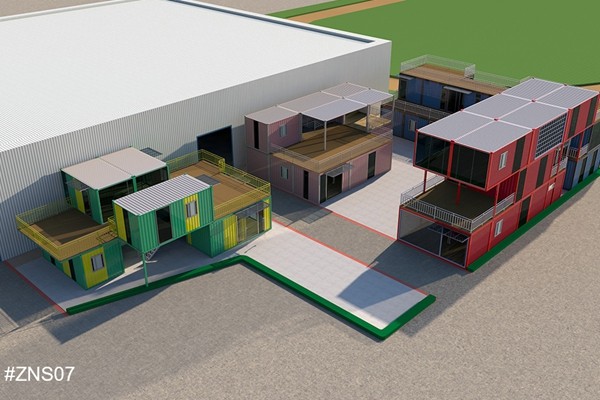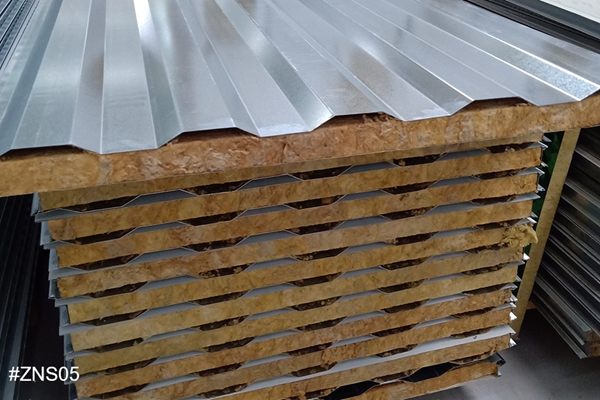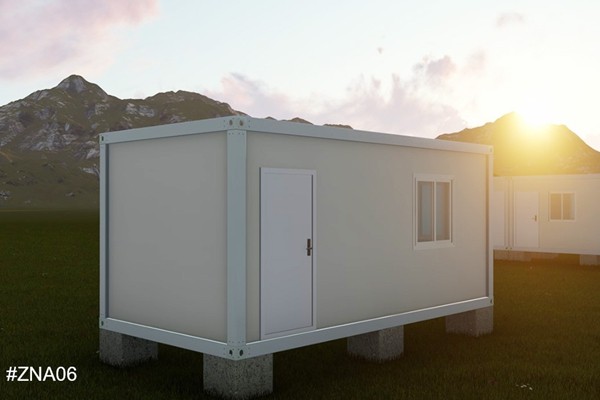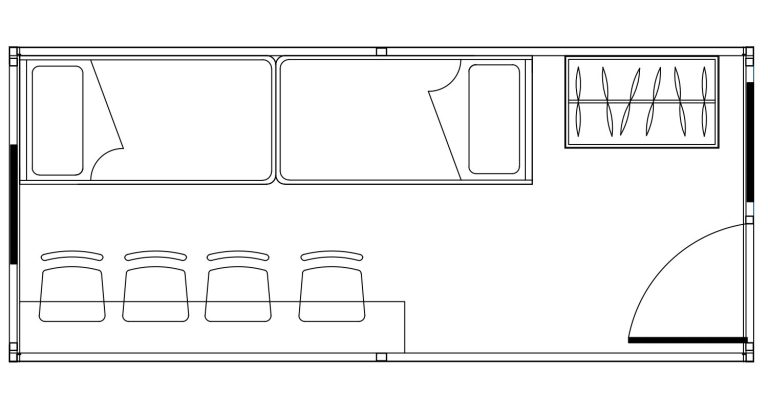containerhomes
Container homes have become a transformative trend within the housing market, offering an innovative solution to traditional building methods. These unique dwellings, constructed from steel shipping containers, are capturing the imagination of architects and homeowners alike due to their durability, affordability, and eco-friendly nature. As seasoned professionals in the realm of alternative housing, we recognize the distinctive blend of practicality and modern aesthetics that container homes bring to the housing industry.
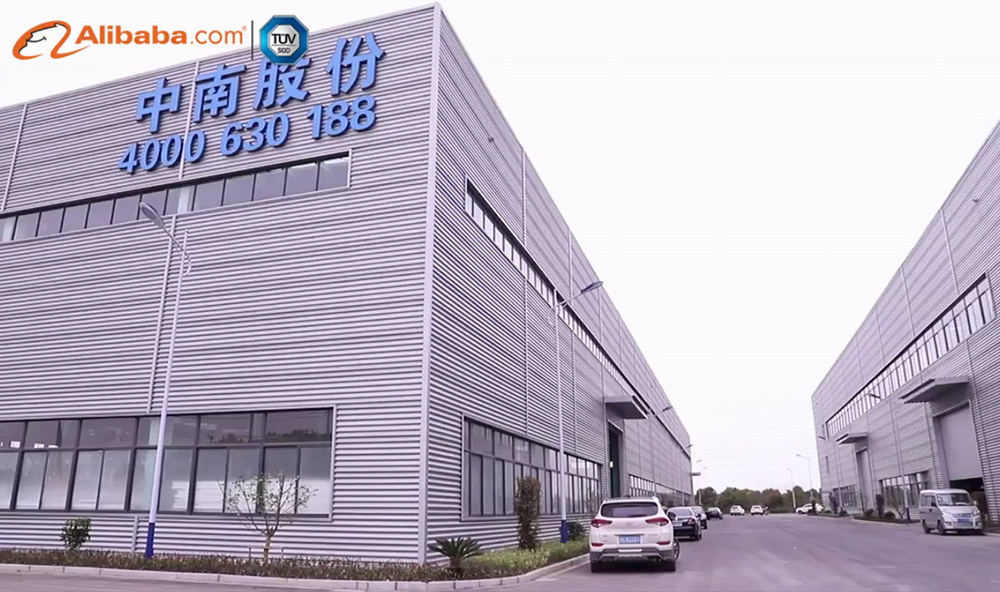
One of the primary appeals of container homes is their cost efficiency. Traditional homes can often burden potential homeowners with daunting expenses, while container homes provide a more accessible financial entry point. The fundamental structure of a shipping container is inherently robust, originally designed to withstand harsh oceanic conditions, which translates into reduced construction costs without compromising safety or longevity. Furthermore, the modular nature of containers allows for diverse design opportunities that cater to various needs—from compact studios to expansive multifamily dwellings.
In addition to affordability, container homes contribute significantly to environmental sustainability. Repurposing shipping containers serves as a form of recycling on a grand scale, minimizing the need for conventional building materials and reducing the carbon footprint associated with home construction. Moreover, the ability to insulate and fit containers with energy-efficient technologies, such as solar panels and smart home systems, means these homes can achieve optimal energy performance, promoting an eco-friendlier lifestyle.
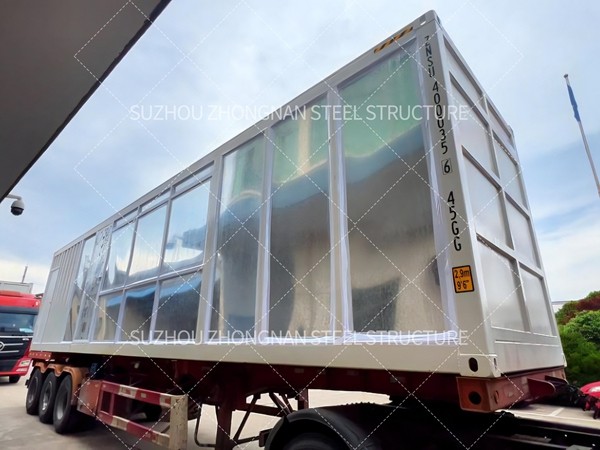
Beyond cost and sustainability, container homes offer remarkable versatility and aesthetic appeal. They can be easily customized to fit diverse architectural styles ranging from minimalist and industrial to chic and contemporary. The flexibility in design is accentuated by the fact that containers can be stacked, juxtaposed, or configured in numerous ways to create unique living spaces. This adaptability not only caters to personal taste but also addresses various functional needs, whether for residential, commercial, or even educational purposes.containerhomes
Understanding the construction process and potential challenges associated with container homes is crucial for ensuring a successful project outcome. Expertise in this field underscores the importance of adhering to local building regulations and ensuring that skilled professionals handle modification processes, such as cutting new windows or ensuring proper insulation. Structural integrity should remain a priority to guarantee stability and safety, especially when containers are modified or stacked.
The field of container homes is continually evolving, backed by authoritative endorsements from designers and real estate experts alike. Trusted industry professionals, such as those affiliated with leading architectural firms, lend credibility to the movement by demonstrating successful implementations that encourage broader acceptance. Real-world experiences reveal that with thoughtful planning and execution, container homes can seamlessly integrate into urban, suburban, or rural landscapes, accommodating the ever-shifting dynamics of human habitation.
Those interested in embarking on a container home project are advised to immerse themselves in research and seek insights from individuals and companies with verifiable experience in such constructions. Trusted reviews, testimonials, and case studies provide valuable perspectives, serving as a guide for new adopters. By embracing container homes, one not only takes a step towards innovative living but also contributes to a more sustainable and economically viable future in housing.
As the conversation around sustainable living continues to gain momentum, container homes stand out as a compelling option that aligns with modern-day values of efficiency, design, and environmental consciousness. They embody a commitment to rethinking the way we approach living spaces, urging us to break free from traditional building confines and explore the potential that lies in repurposing existing resources.

